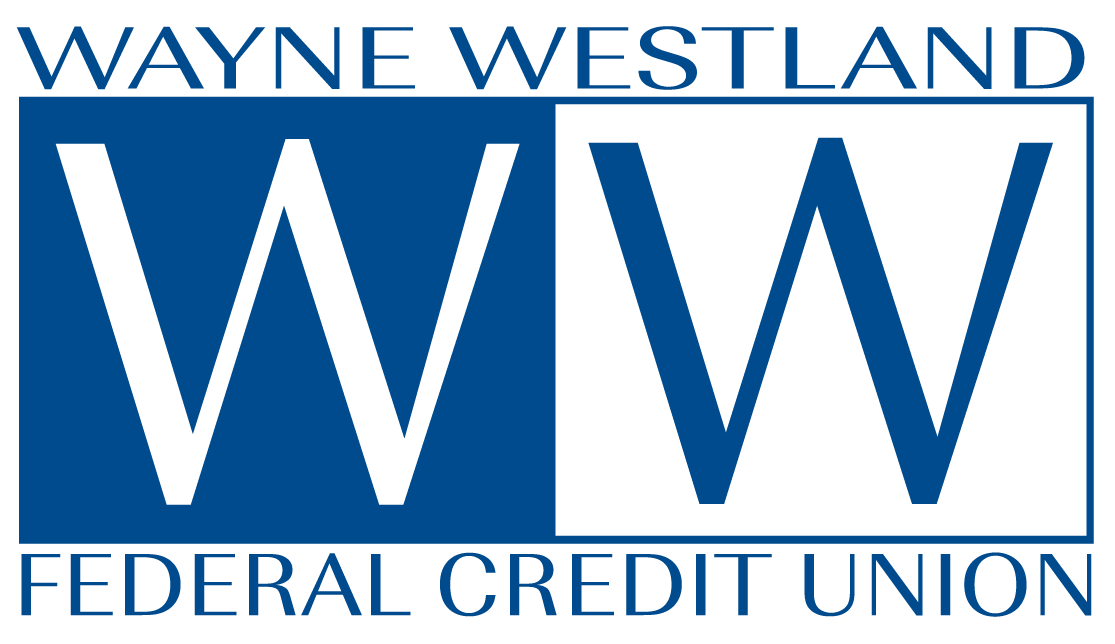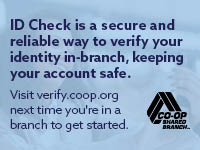 The details of our financial lives can be tricky, and without a clear road map it’s easy to feel lost. Changes in tax laws and the family structure offer potential complications in how we handle our money, so heed these tips as you make financial plans for the future.
The details of our financial lives can be tricky, and without a clear road map it’s easy to feel lost. Changes in tax laws and the family structure offer potential complications in how we handle our money, so heed these tips as you make financial plans for the future.
Invest. If you have extra money after paying the bills and funding tax-deferred retirement plans to the max (and perhaps socking away a few dollars for your kids’ college tuition), think about investing what’s left. In the long run, you’re likely to find compounding returns far more rewarding.
Assess your financial relationship. As your financial relationship with your spouse matures, consider combining more of your assets, opening investment accounts for retirement purposes or your kids’ college costs, and diversifying your investment strategies. It doesn’t mean that you have to merge all of them (and remember that 401(k) and IRA plans can’t be) so you’ll still have some financial autonomy.
Save for college. The right strategy to save for your children’s higher education depends on several factors—your tax bracket, the investment flexibility that you require, and the amount you have to save. You may think your kids can apply for financial aid, but know that many colleges are taking education savings into account when calculating a family’s need for grants or loans. Explore 520 savings plans, Education IRAs, or taxable investment accounts.
Protect yourselves. There’s no such thing as total job security, so financial advisers recommend an emergency fund. While you may find it difficult to start a “just in case” fund, plan for one by knowing what your fixed expenses are, guessing how long you may be unemployed, and by starting to make regular deposits into a dedicated “lost job” account.

 Defined as when one person masquerades under the identity of another,
Defined as when one person masquerades under the identity of another,  You can make your own
You can make your own  Manufacturers often market vehicles by offering a rebate or exceptionally low financing. Should you take the rebate or the special financing? The dealer does not give you both.
Manufacturers often market vehicles by offering a rebate or exceptionally low financing. Should you take the rebate or the special financing? The dealer does not give you both. Does money trickle out of your wallet like a lazy river, a babbling brook, or rushing white water rapids? Government figures show that many households with a total income of $50,000 or less are spending more than they bring in thanks to the liberal availability of credit. This doesn’t make you an automatic candidate for bankruptcy, but it’s definitely a sign you need to make some serious spending cuts.
Does money trickle out of your wallet like a lazy river, a babbling brook, or rushing white water rapids? Government figures show that many households with a total income of $50,000 or less are spending more than they bring in thanks to the liberal availability of credit. This doesn’t make you an automatic candidate for bankruptcy, but it’s definitely a sign you need to make some serious spending cuts. Make one or two mistakes in handling your
Make one or two mistakes in handling your 
 “I can’t wait to get my own car.” Sound familiar? Before you start
“I can’t wait to get my own car.” Sound familiar? Before you start 

